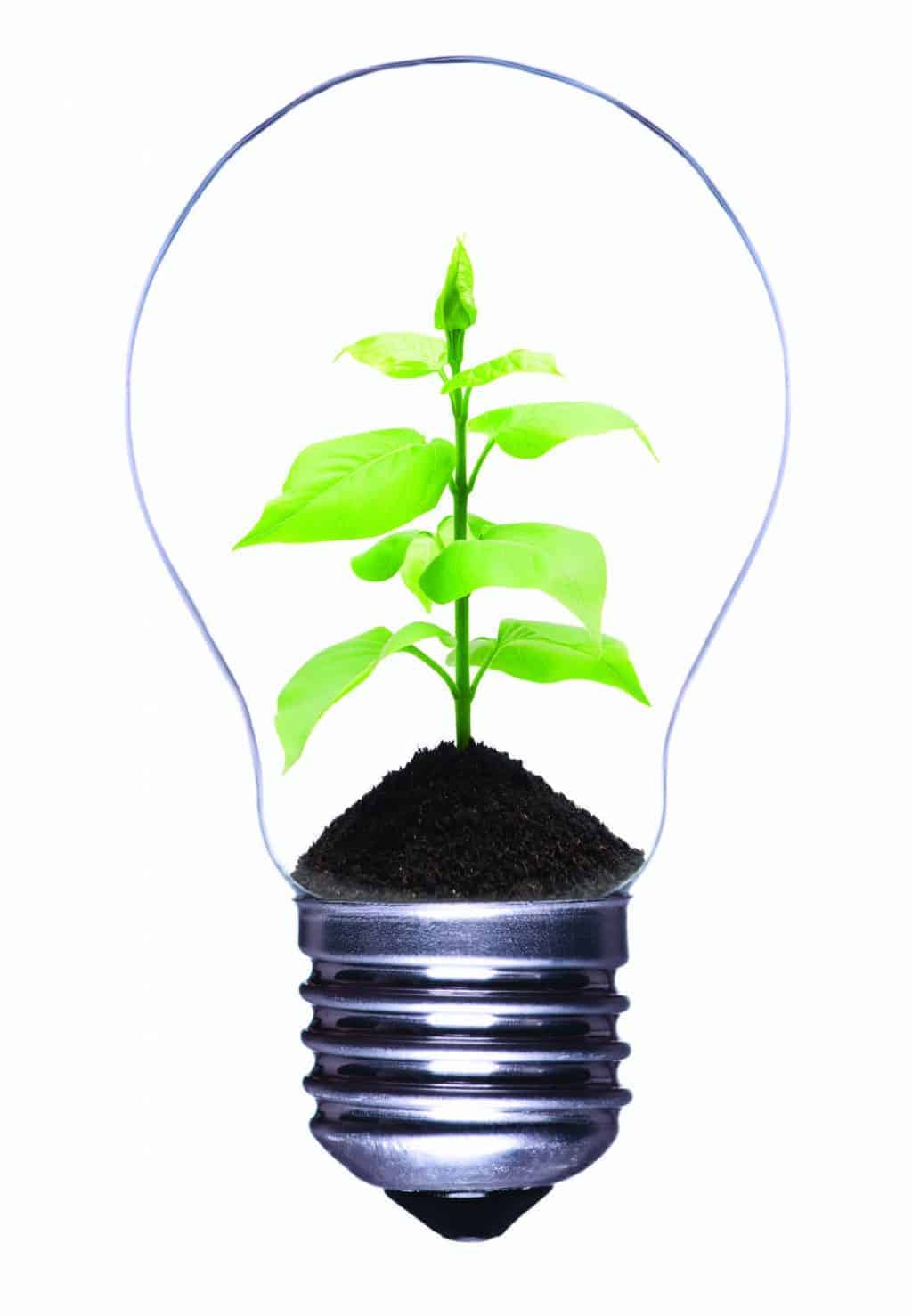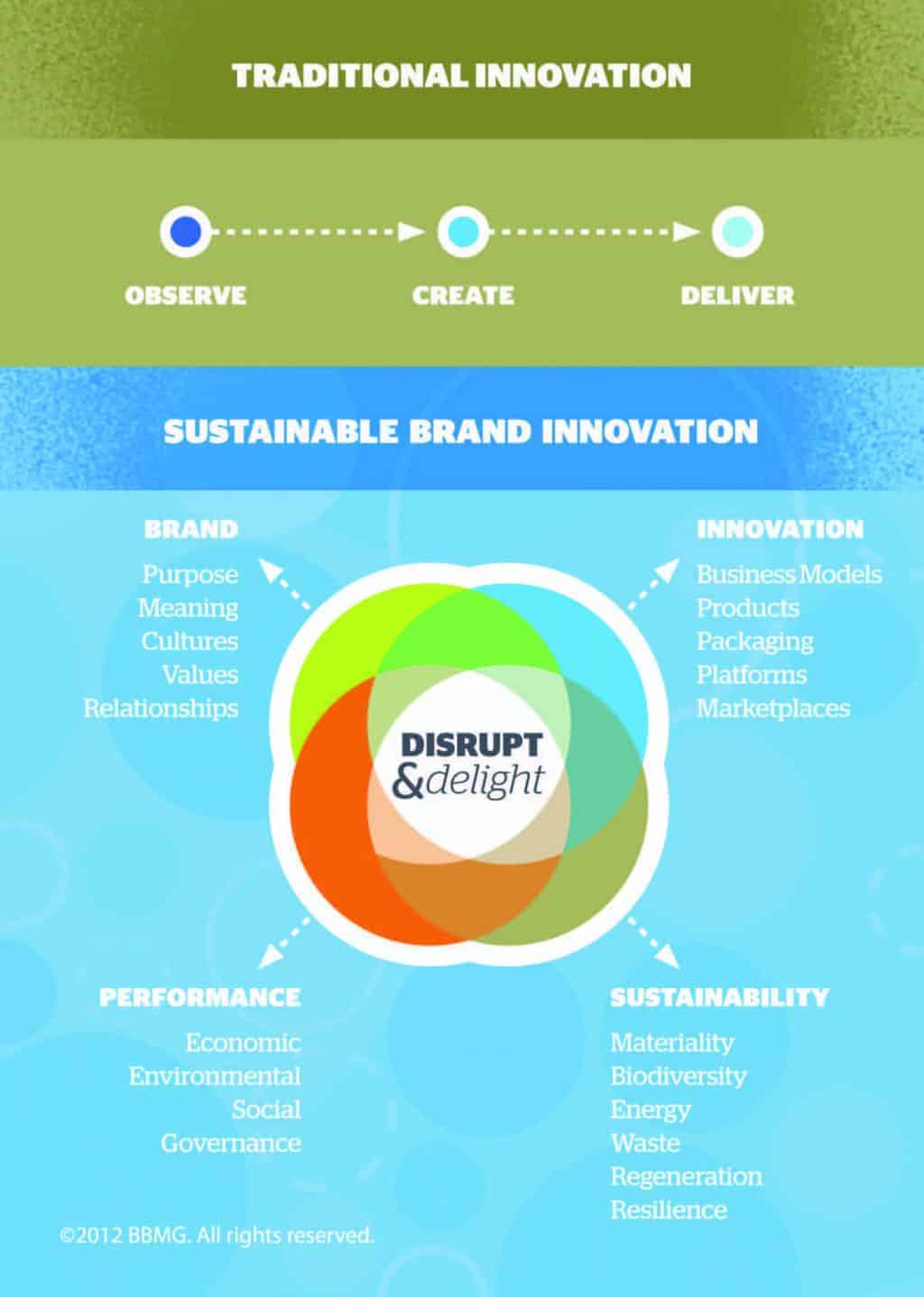Today, companies find themselves caught in crosswinds.

At the same time, the bedding business as a whole faces threats from several U.S. states that are considering extended producer responsibility programs that would require mattress manufacturers and retailers to bear the full cost and responsibility of discarding used mattresses at the end of their useful life cycles. The International Sleep Products Association believes such a mishmash of state regulations would be unnecessarily costly and burdensome to the industry and is advocating instead for a national mattress recycling program.
And then there are consumers who weigh big-ticket purchases more carefully than ever, seeking quantifiable performance features in new products and favoring companies that care not only about their profits, but also the welfare of their customers and the larger communities in which they operate.
It’s tough for any company to move forward while being buffeted around by such strong winds. But there are advantageous tailwinds, too, including improvements in manufacturing and communication technologies, as well as advancements in energy efficiency and renewable energy sources.

For the thinkers at BBMG, a brand innovation firm based in Brooklyn, N.Y, it means that companies need to embrace a concept they call “sustainable brand innovation.”
“We believe that sustainability is the biggest economic opportunity of our time. And the innovation imperative will unlock the promise of a smarter, more collaborative and more meaningful way of delivering value. Simply put, brands that win will meet the moment by embedding sustainability in every strategy, inspiring co-creativity in every process and unleashing shared value that works for all,” write Raphael Bemporad, BBMG principal and chief strategy officer, and Mitch Baranowski, BBMG principal and chief creative officer, in the new report, “Disrupt & Delight: Five Principles for Sustainable Brand Innovation.”
This new way of creating and manufacturing products requires companies to merge “design thinking” with “systems thinking,” the authors say.
“Moving forward, the urgent challenges of sustainability—from climate change to waste to water scarcity to acute poverty—require us to rethink the practice of innovation. …We believe the next chapter will unite design thinking with systems thinking—call it Design for Systems Thinking. By uniting design thinking and systems thinking, sustainable brand innovation offers the opportunity for exponential value creation for business, consumers, society and our planet. And by working at the intersection of branding, innovation and sustainability, we can reimagine the methods, tools and protocols of design thinking to specifically engage the challenges and possibilities of a more purposeful, sustainable and successful marketplace.”
From a practical standpoint, sustainable brand innovation requires companies to do everything from reduce resource risks in supply chains to improve efficiencies in workflows to increase transparency in corporate structures. And all of this is predicated on the idea of connectedness.
“Brands large and small are increasingly connecting consumers, brand teams, suppliers and subject matter experts in the innovation process to embed sustainability and social purpose into every business strategy, product design and stakeholder relationship,” the report says. “And by creating better brands, products, packaging and platforms, high-performing companies can become agents of change at a faster speed and larger scale than ever before.”
BBMG offers five principles of sustainable brand innovation that companies can use to create “new ways to do much more with less.”
1. Start with what’s sacred. “To meet our urgent economic and environmental challenges and deliver on the full promise of sustainability, our approach to innovation must begin not just with the technical marvels of polymers and solvents, but the values, hopes and aspirations of our shared humanity,” the authors say.
The most successful brands embody fundamental consumer values. For instance, when it comes to mattresses, that could mean not only health and wellness, but also the importance of relationships and family.
“Branding unites purpose and performance behind a north-star vision, a noble goal, a desired solution that can transform our lives,” the report says. “That’s why Zappos and Coke are in the business of happiness. CLIF Bar inspires us to take the ‘White Road.’ And Facebook brings us closer together by helping us share with the people in our lives.”
The report also cites fast-food purveyor Chipotle as an example of this concept. It operates under a philosophy of “Food with Integrity” and puts that into practice by encouraging its supplier farmers to grow more organic foods and raise heritage chickens, among other things.
2. Design holistically. “One of the lessons innovation draws from nature is the reality that all things are interconnected,” the report says. “…We believe sustainable brand innovation requires a similarly holistic approach across business, product and service design within an ecosystem that reinforces the health, sustainability and success of each part over time.”
For companies, the authors say, this means making sustainability a centerpiece of everything they do.
“From a product and service perspective, it means designing solutions in closed-loop systems that consider the source, manufacture, distribution, use, reuse and reinvention of every product across and beyond its life cycle,” the report says.
As examples of brands doing this well, the report points to Levi’s Water
It also cites modular carpet producer Interface, which has a corporate vision “to be the first company that, by its deeds, shows the entire industrial world what sustainability is in all its dimensions: People, process, product, place and profits—by 2020—and in doing so we will become restorative through the power of influence.”
3. Create collaboratively. Joint effort is a foundation of sustainable brand innovation. This can mean working with other brands, industries, consumers, nonprofits and even government agencies to create new ways of sourcing, manufacturing, marketing and disposing of products.
“Multistakeholder collaboration is changing the nature and rules of innovation, uniting both experts and consumers in generating better ideas and solutions because they come from both the makers and users of the products and services,” the report says. “At its best, co-creativity provides real-world perspective as ideas and strategies are developed so they emerge prevalidated and more likely to inspire interest, adoption and scale. Most of all, creative collaboration recognizes that wisdom lies not so much in the crowd, but from all parts of our organizations, communities and society. The best thinking and ideas often will come from beyond our own walls.”
The report points to consumer products giant Unilever as a pioneer in creative collaboration, with some 60% of its “innovation pipeline” generated by an open-source process.
“To deliver on sustainable brand innovation, Unilever is launching a new online platform that offers experts the opportunity to help the company find the solutions it needs to achieve its ambition of doubling the size of its business while reducing the size of its environmental impact,” the authors say. “Taking open innovation to the next level, Unilever is publishing a list of ‘wants,’ from safe drinking water and sustainable washing to food preservation. The company is aligning these wants with a comprehensive sustainable business strategy that sets concrete targets for sourcing raw materials, improving working conditions and influencing the hygiene habits of more than 1 billion people to save water and improve health.”
4. Be playful. When facing a barrage of business challenges, it may not seem like the time to let loose. But play is critical to innovation.
“The world’s leading scientists, as well as kids at your local park, have demonstrated the powerful link between play and innovation. Play fosters creativity, flexibility and learning. Play sparks our curiosity, builds connections to others and teaches us perseverance,” the report says. “At a time when business leaders are forced to reconcile growth and profit with increasing resource constraints, play helps us move beyond rigid rules and predetermined structures to create and imagine new possibilities based on our shared experience.”
5. Disrupt and delight. When given the choice, consumers want to buy better products that help create a better world.
“It seems pretty simple, but perhaps the greatest promise of innovation is the opportunity to leverage the constraints of sustainability to design products and services that work better, cost less and deliver ways for all of us to create a better world,” the report says. “Brands in every sector are realizing the essential link between disruptive innovation and consumer delight.”
For example, Method Home creates “green” cleaning products using high-performing natural ingredients and inviting fragrances and then packages them in beautiful containers. By doing so, it helped redefine an entire product category.
“Their wonderfully quirky ‘Clean Happy’ campaign embodies a design-forward, joyful environmentalism that credibly makes our most mundane household chores into acts of celebration,” the authors say.
Fashion eyewear maker Warby Parker sells directly to consumers on the Internet, simplifying the supply chain.
“Even more, Warby Parker has taken the ‘buy-one, give-one’ model to the next level by partnering with nonprofits like VisionSpring to distribute more than 100,000 pairs of glasses to people in need, while training low-income social entrepreneurs to sell affordable glasses in their own communities,” the report says.
LEARN MORE
BBMG, with headquarters in Brooklyn, N.Y., is a brand innovation firm. By integrating branding and marketing with sustainability expertise and innovation protocols, BBMG helps organizations identify opportunities, forge new markets, create new brands and drive real culture change. Recent clients include NBCUniversal, MillerCoors, Brown-Forman, Walmart, Samsung, Seventh Generation and Earthbound Farm. To read the full “Disrupt & Delight” report, visit www.bbmg.com.




